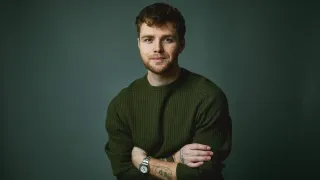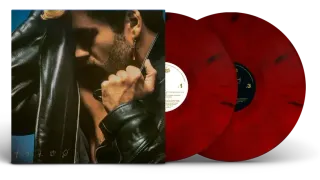December 1, 2023
Who Is Still Getting HIV in America? Medication Is Only Half the Fight
READ TIME: 5 MIN.
Angel Algarin, Arizona State University
As the globe marks another World AIDS Day on Dec. 1, it's crucial to both acknowledge the significant strides made in the global battle against HIV and recognize the persistent challenges that remain. While the United States had seen a slow decline in the overall number of new HIV infections from 2017 to 2021, a closer look at the data reveals persistent disparities largely borne by LGBTQ people and communities of color.
As a social epidemiologist who proudly identifies as a gay Latino, I have a vested interest both personally and professionally in understanding and addressing the HIV disparities my communities face. It's disheartening to realize that, despite available medical advances that can end the AIDS epidemic, these resources aren't reaching those who need them the most.
Tools In The HIV Prevention Arsenal
When HIV/AIDS first emerged in the U.S. in the 1980s, condoms were the only prevention strategy available other than behavioral changes like abstinence. Since then, the development of effective medications has made it possible to live with HIV.
In the 1990s, researchers adopted the model of "treatment as prevention," which recognized that an HIV-positive person with a reduced viral load from taking their antiviral therapy medications had a lower likelihood of passing the virus to their sexual partners. This messaging was changed in recent years to "undetectable = untransmittable," or U=U, when a landmark study concluded that people living with HIV who are virally suppressed, or undetectable, through medications are not able to pass the virus on to a sexual partner.
In 2005, researchers introduced non-occupational postexposure prophylaxis, or nPEP, which aimed to prevent infection in someone exposed to HIV by initiating antiviral therapy.
In 2012, the U.S. Food and Drug Administration approved the first preexposure prophylaxis, or PrEP drug, which is an antiviral therapy that someone who has not been exposed to HIV takes daily to prevent infection. In 2021, the FDA approved the use of a long-acting, injectable form of PrEP, providing an alternative to daily pills.
While medical advancements have enhanced the options to prevent HIV, many aren't reaching the people they are intended to treat. Of the estimated 1.2 million people eligible for PrEP in the U.S., only 30% received a prescription in 2021.






